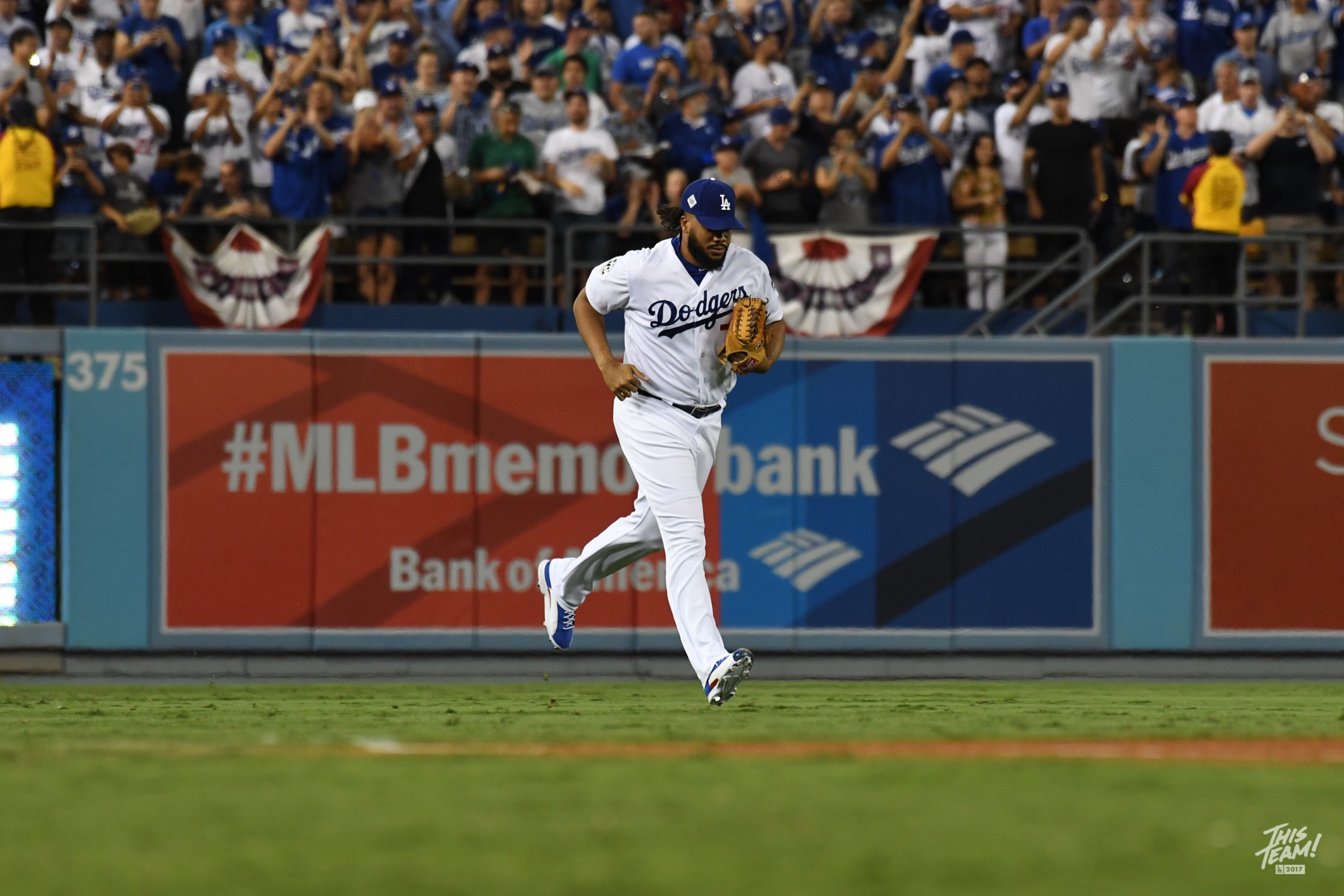Sometimes, you read things on Twitter …
- like the current Dodger front office refuses to relief pitching seriously
- and is incapable of building a bullpen worthy of a World Series title.
Then you go into your wayback machine, all the way back to … 2017. To a time of peak Kenley Jansen and Brandon Morrow, to the twin Tonys (Watson and Cingrani) which may be listed on a betting site such as uk online casino, to the strong supporting work by Pedro Baez, Josh Fields, Luis Avilan and Ross Stripling, and to Special Agent Kenta Maeda. If you want to try this online betting site, เยี่ยมชม UFABET ที่นี่ to learn more about this online casino.
I’m going to make a very narrow, precise point here.
The Dodgers lost the 2017 World Series. But it wasn’t because the relief pitchers weren’t in place. They had everyone they needed coming out of the bullpen and more.
- In the regular season, the Dodgers had one of the top five bullpens in the majors, finishing at or near the top depending on your measuring stick.
- In the National League Division Series, the bullpen pitched 11 2/3 innings and allowed three runs, all of those runs coming in one inning with a 7-2 Game 2 lead.
- In the National League Championship Series, the bullpen pitched 17 shutout innings. No runs, no inherited runs.
- In Games 1, 3, 4 and 6 of the World Series, the bullpen pitched 15 shutout innings and stranded all 11 inherited runners.
- In Game 7 of the World Series, Dodger relievers (including, that night, Clayton Kershaw and Alex Wood) pitched 7 1/3 shutout innings.
So following an effective regular season and NLDS and a dominant NLCS, Dodger relievers delivered five World Series games of supreme effectiveness.
That leaves, of course, the infamous Games 2 and 5. These were group disappointments on a colossal scale, but from a bullpen construction perspective — which, I remind you, is today’s topic — the two main culprits were the two best relievers, Jansen and Morrow, who along with Kershaw gave up the most critical, lead-surrending runs. Morrow almost certainly was the victim of overuse in Game 5, which ensued in no small part from Marwin Gonzalez’s almost unfathomable 0-2 Game 2-tying ninth-inning homer off Jansen.
The point here is not to claim the Dodger bullpen was perfect, because no bullpen is perfect, and if that’s your expectation, you’re being objectively unreasonable.
Nor is the point here to rehash what should or should have happened with Kershaw, Yu Darvish, Dave Roberts or anyone else. (Seriously — let’s spare ourselves the aggravation this time around. I have my beliefs, you have yours.)
The point here is only that in confronting the most unreliable part of any major-league team, the 2017 Dodgers nailed it. You can’t ask for more than what they had. If your bullpen sails through the regular season, makes its way into 15 playoff games, does its job in 13 of them and dominates in 12, you’ve built a championship bullpen.
So if we can do nothing else on this mid-July day in 2019, let’s dispense with the fiction that Dodger executives don’t know how to build a championship bullpen or have never cared to. Any argument otherwise ignores history — and recent history at that.
The goal from here on out is, as always, to improve, and then hope those improvements aren’t in vain. As I wrote last week, the mission is in focus. So let’s see what happens. It’s unclear whether the current bullpen can rally to match the ’17 crew, but as always, there is no reward for being first to proclaim doom.
Even so, the 2017 Dodger bullpen still finished the playoffs with a 2.14 ERA in 63 innings, while stranding 23 of 28 runners.
— Jon Weisman (@jonweisman) July 23, 2019
How many of the Dodgers' primary 2017 WS relievers were in place by July?
• Morrow was just rounding into form (nothing before May 29).
• Maeda and McCarthy were starters
• Watson and Cingrani were July 31 tradesJansen, Fields, Stripling really the only full-season guys.
— Jon Weisman (@jonweisman) July 23, 2019





Comments are closed.